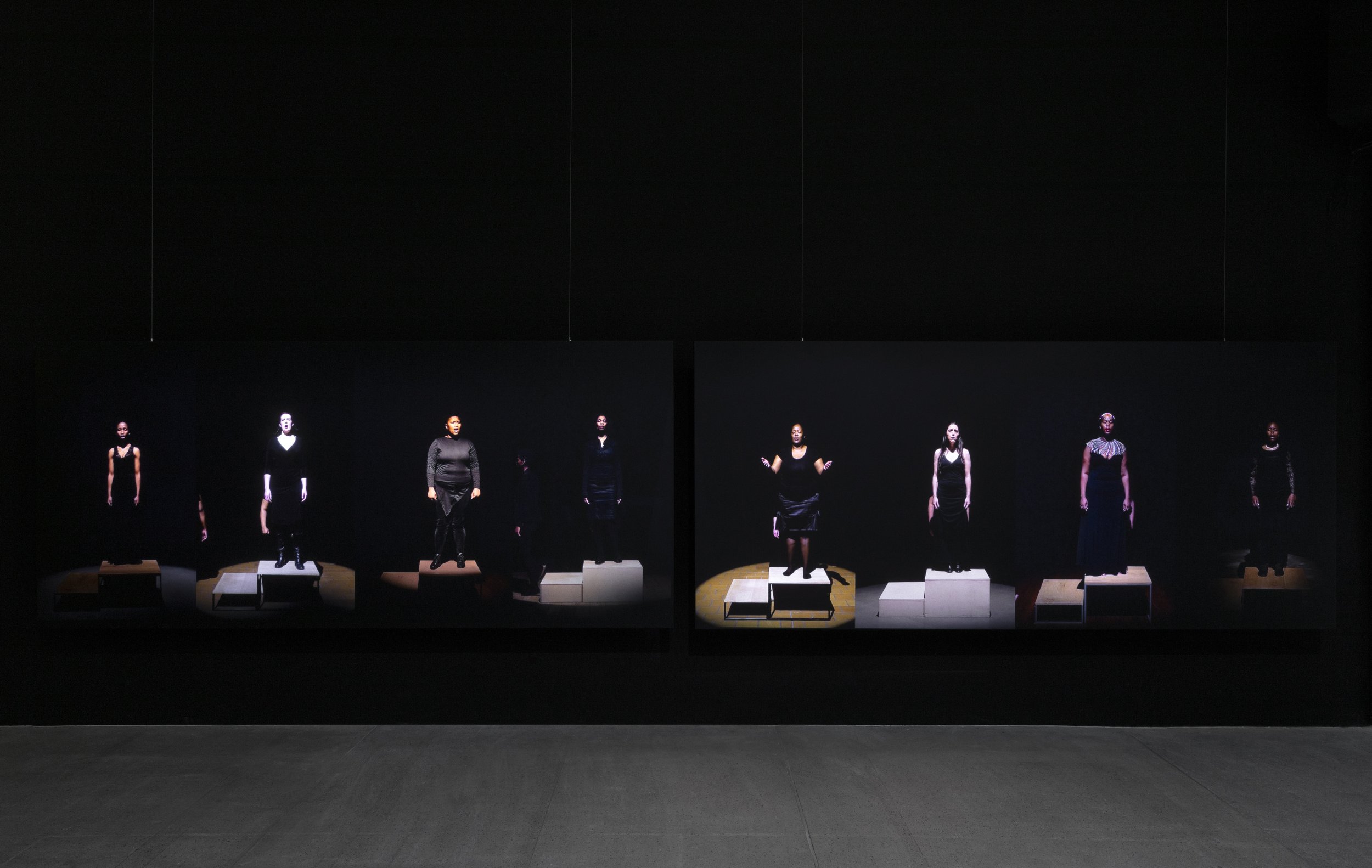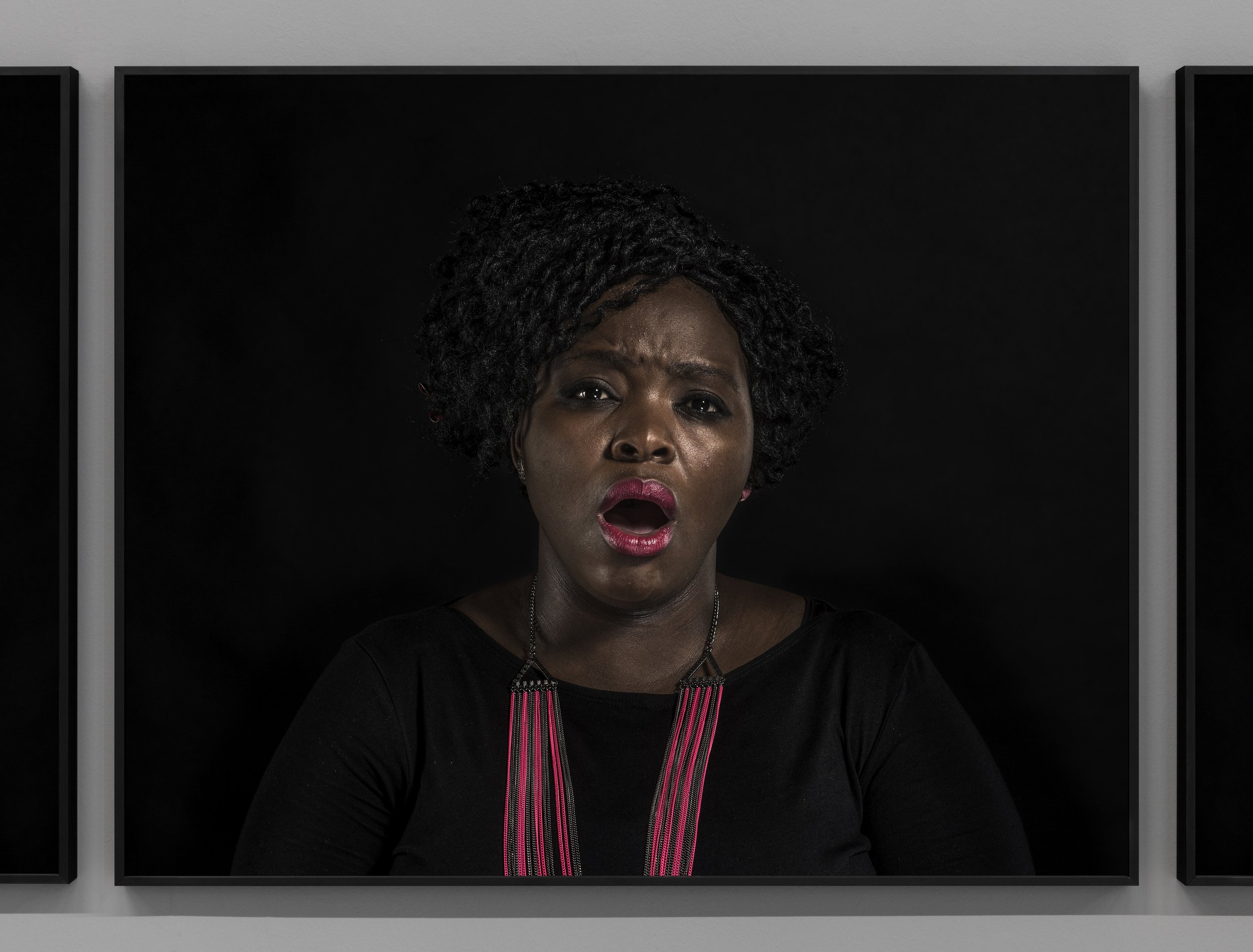Keeping Up with Milan’s Art APRIL 2024
Welcome back, fellow art lovers, to the April edition of Keeping Up with Milan's Art, your trusted source for insightful and nuanced takes on the latest happenings in the Milan art scene!
In this issue, I am thrilled to introduce you, dear readers, to a realm of the art world often deemed enigmatic by the average exhibition-goer. It's a space where skepticism and controversy abound, where eyebrows are raised, and where perplexed questions about the nature and meaning of art may linger in the air.
I am referring to the realm of conceptual and performance art, which gained popularity in the 20th century as artists such as Sol Lewitt sought to push the boundaries of artistic expression by prioritizing thought-provoking ideas and concepts over traditional aesthetic norms. In today’s era of global, political, cultural, and socio-economic challenges, these art genres seem more prevalent than ever, serving as engaging means to address pressing social issues, spatial dynamics, identity politics, and beyond.
With that said, I'm excited to introduce you to two extraordinarily inspirational female artists: Adrian Piper and Gabrielle Goliath. By presenting their work, my goal is to dispel any skepticism surrounding conceptual and performance art while enlightening you about its transformative and powerful impact. Let's dive right in!
Let us turn first to the Adrian Piper exhibition entitled RACE TRAITOR at the PAC Padiglione d’Arte Contemporanea. It’s the first European retrospective exhibition dedicated to the Afro-American artist Adrian Piper (b. 1948), a prominent figure in the late 1960s New York art scene and internationally known for her conceptual and minimalist art that mainly explores themes of politics, racial and gender identity. I was amazed to learn from the labels that the works on display were on loan from some of the world's most prestigious art institutions, including MoMA, Guggenheim New York, MOCA, and Tate Modern.
The exhibition follows a chronological order, beginning in the first room where we encounter Adrian Piper’s youthful self in the 60s through somewhat psychedelic artworks that vividly capture the essence of that era. These pieces seamlessly transition into a meditative exploration of the geometries and possibilities of the grid, ultimately setting the stage for a deeper introspection of Piper's own persona.
My personal highlight of this first section is the Concrete Infinity Documentation Piece (1979), which consists of 58 framed journals of Piper's daily activities with small photographic mirror selfies, intentionally omitting any record of thoughts or emotions. This piece, which perfectly captures Piper's tendency to blend conceptualism with her autobiography, invites us to consider the intersection of routine and identity. I truly realized how important it is for curators to set the tone early on, as this reflective first encounter with the artist somehow prepared me for the evocative content that followed in the remaining rooms.
Adrian Piper, Concrete Infinity Documentation Piece, 1970. Photo collage on graph paper. Photo: Lisa Widmayer
On another note; I find it remarkable how certain museum visits fade from memory, leaving barely a trace of emotional reverberance, while others, like this one, continue to resonate and have a lasting impact on our consciousness.
For me, the appeal of Race Traitor lies undeniably in its diverse mix of media, coupled with the artist's unapologetic approach to confronting viewers with poignant questions and stark realities. A striking example is the Close to Home series, where thought-provoking questions are juxtaposed with images of people of color, urging us to reflect on our various relationships with Afro-American individuals. Each image is accompanied by the question, "Are you uncomfortable with the thought of displaying such questions on your living room wall?" while the audio of Piper's soothing voice pervades the room with an ironic apology for prying on us.
The ironic yet profoundly thought-provoking exploration of our moral views continued as I stood in a white booth surrounded by newspaper images depicting a series of atrocities, each defiantly marked with the bold declaration “Not a Performance”. Once again immersed in the artist's voice, I listened intently as it took on a resolute tone, mimicking the indifference of members of the art world to these political events.
Installation view ADRIAN PIPER. RACE TRAITOR , curated by Diego Sileo. PAC Padiglione d'Arte Contemporanea, Milan, 2024. Courtesy PAC. Photo Nico Covre, vulcano.agency
And therein lies the crux of the matter - I unexpectedly found myself questioning my own role as a visitor to various sterile, white-cube gallery spaces displaying political art, and couldn't help but wonder: am I, too, complicit in this delusion? Piper's work underscores the sobering truth that the art world, despite its perceived immunity, is definitely not immune to the social issues it seeks to address.
No more spoilers, but I will leave you to discover Adrian Piper's extensive body of work, which invites deep introspection on identity, race, gender, and social issues. Through performances, self-portraits, and multimedia installations, the exhibition navigates complex issues with profound philosophical insight, and definitely struck a deep chord with me!
Let us now venture to another deeply moving exhibition titled Elegy, featuring the performance work of the young South African artist Gabrielle Goliath at Galleria Raffaella Cortese. Thinking back to the remarkable Zoe Leonard exhibition at this gallery that was featured in the January issue of Keeping Up with Milan's Art, this hidden gem continues to impress with another powerful show that tackles a very important and complex issue.
Gabrielle Goliath presents a profound and ongoing performance piece centered on remembrance, repair, and black feminism. In each rendition, seven female vocalists perform a ritual of mourning, maintaining a single, crying tone for one hour. Within this ritual, the presence of a specific woman or LGBTIQ+ individual who has been raped and murdered in South Africa is symbolically evoked, underscoring their absence yet profound impact on the present.
Gabrielle Goliath, Elegy, 2023. Installation views, Galleria Raffaella Cortese, Via Stradella 7-1-4, Milan. Courtesy the artist and Galleria Raffaella Cortese, Milan - Albisola. Photo: Andrea Rossetti / Héctor Chico.
I felt drawn into the acoustic wake of this performance, a tragic yet hopeful and deeply emotional type of sound that sheds light on this violent and omnipresent issue of patriarchal violence while affirming the richness, beauty, and resilience of black, brown, femme, and queer existence.
I'm really impressed by Galleria Raffaella Cortese's curatorial approach, which I observed in both this exhibition and Zoe Leonard's, which creates truly engaging and immersive experiences by unfolding narratives through different media and across different spaces. The installation is set in a pitch-black environment and includes not only video and sound but also accompanying texts written by family and friends in memory of those lost, as well as evocative photographs, all spread throughout the three gallery spaces in Via Stradella.
After immersing myself in the mournful acoustic performance, I was particularly moved by the seven photographs in the final gallery space. These close-up shots of the performers seen in the videos are printed on a unique cotton material called Hahnemühle Baryta which absorbs the black tones in a distinct way, adding a profound layer of intimacy.
Gabrielle Goliath, Elegy, 2023. Installation views, Galleria Raffaella Cortese, Via Stradella 7-1-4, Milan. Courtesy the artist and Galleria Raffaella Cortese, Milan - Albisola. Photo: Andrea Rossetti / Héctor Chico.




